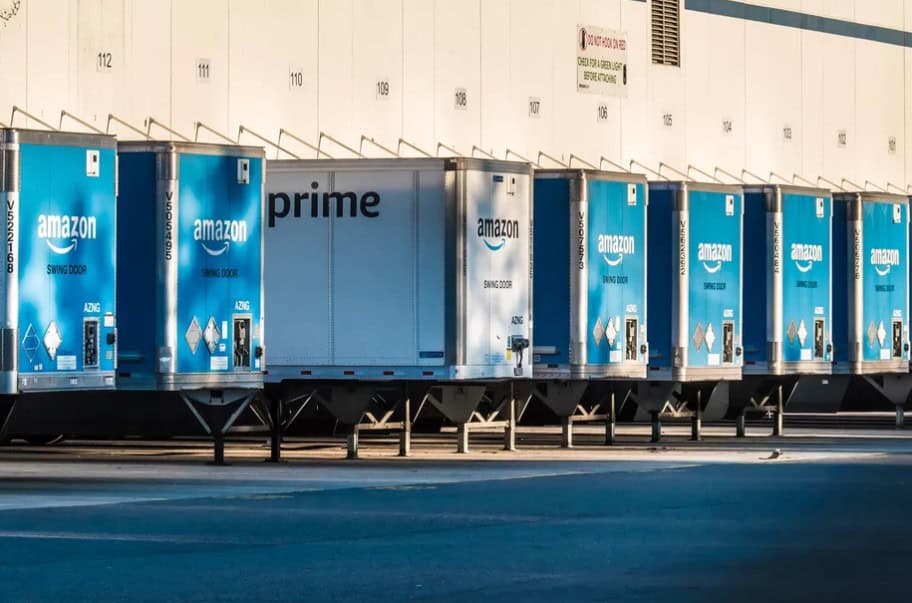Amazon is headed for the South Side’s Pullman neighborhood—but is that really a good thing?
Hundreds of Amazon employees openly criticized the tech giant’s stance on climate change and its problematic business practices on Sunday. Around the same time, news broke that Amazon was in the midst of closing a deal on a 150,000-square-foot distribution center in Pullman neighborhood.
The workers’ statements with names and job titles were published in a Medium post at the reported risk of being fired. The workers, members of Amazon Employees for Climate Justice, called for the company to end contracts with ICE, oil, and gas.
“Contributing to climate change, supporting ICE, and brutal labor conditions in the warehouses are great for the bottom line but awful for society. And we cannot remain silent on these issues,” wrote one worker.
Another worker condemned the working conditions at Amazon’s warehouses, the very same kind that could open in Pullman.
“Amazon’s supply chain should not be built at the expense of warehouse workers who work at a pace that causes higher-than-industry-average injury rates. It’s not humane to have people scared to go to the bathroom.”
In a Crain’s article, 9th Ward Alderman Anthony Beale celebrated Amazon’s interest in Pullman and declared the neighborhood of becoming the center of “the new green industry.”
“We could not be happier,” Beale said.
Amazon’s distribution center would be located at 104th Street and Woodlawn Avenue just north of the Whole Foods distribution center. One reason Beale is enthusiastic is that the project would bring between 200 to 300 permanent jobs and 500 construction jobs to neighborhoods that are in need of more opportunity and investment.
Amazon will also ask for a property tax break that could cut its bill in half for a decade, the alderman told Crain’s. Approval from City Council would be needed.
In recent years, Amazon has built distribution facilities in outlying suburbs like Joliet, Aurora, and Waukegan. The company has a warehouse on Goose Island and is apparently looking for more last-mile locations closer to the city.
Increasing last-mile facilities means a lot more trucks which makes streets more dangerous, according to Curbed’s Alissa Walker. In 2018, truck-related fatalities were up 9 percent. Amazon’s delivery practices have been investigated by both BuzzFeed and ProPublica, too. The results show the company’s faster and faster delivery has caused at least 60 crashes and 10 deaths between 2015 and 2018. So, what does Chicago really get with this $60 million investment?

